Home>Home Appliances>Home Automation Appliances>How To Connect Z-Wave To Google Home
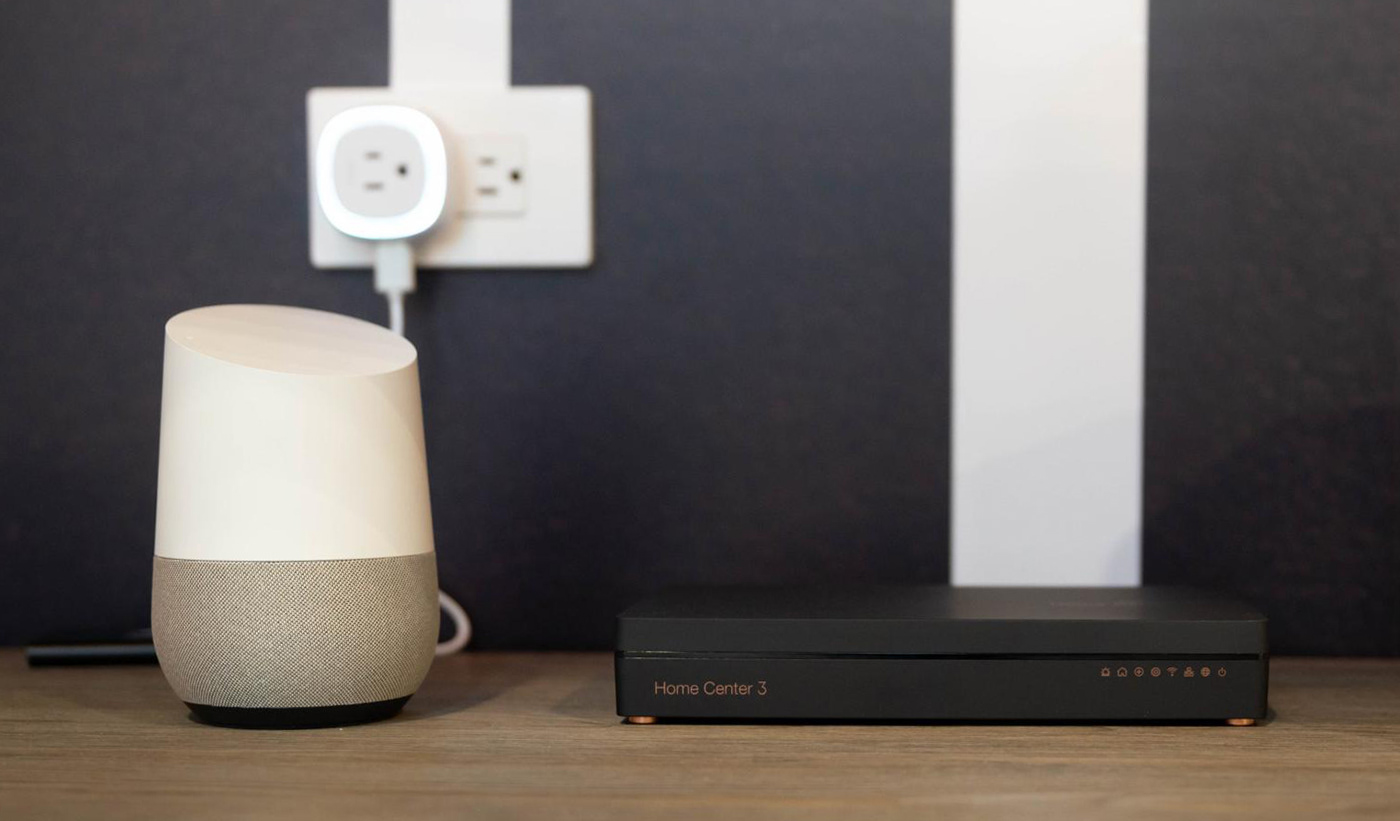

Home Automation Appliances
How To Connect Z-Wave To Google Home
Modified: January 4, 2024
Learn how to connect Z-Wave devices to Google Home for seamless control of your home automation appliances. Simplify your smart home setup with our step-by-step guide.
(Many of the links in this article redirect to a specific reviewed product. Your purchase of these products through affiliate links helps to generate commission for Storables.com, at no extra cost. Learn more)
**
Introduction
**
Welcome to the era of smart homes, where technology seamlessly integrates with our daily lives to enhance comfort, convenience, and security. As home automation continues to evolve, the ability to connect various devices and systems is paramount. In this article, we will explore the integration of Z-Wave, a popular wireless communication protocol for smart home devices, with Google Home, the voice-controlled smart speaker and home assistant powered by Google Assistant.
As we delve into the process of connecting Z-Wave to Google Home, it’s essential to understand the fundamental concepts behind Z-Wave and Google Home. By comprehending the capabilities and benefits of these technologies, you’ll gain valuable insights into why their integration holds significant potential for enhancing the functionality and user experience of your smart home.
Join us on this journey as we uncover the seamless synergy between Z-Wave and Google Home, empowering you to unlock a new realm of control and automation within your living space.
Key Takeaways:
- Connecting Z-Wave to Google Home creates a unified platform for managing smart devices, offering seamless control and expanded compatibility within the smart home ecosystem.
- The integration of Z-Wave with Google Home enables hands-free control through natural language commands, enhancing convenience and accessibility for users with diverse needs.
What is Z-Wave?
Before delving into the intricacies of connecting Z-Wave to Google Home, it’s crucial to grasp the essence of Z-Wave technology. Z-Wave is a wireless communication protocol specifically designed for home automation, enabling various smart devices to communicate with each other seamlessly. This interoperability fosters a cohesive ecosystem where smart products from different manufacturers can work together harmoniously, offering users a unified and streamlined experience.
One of the key advantages of Z-Wave is its robust and reliable communication capabilities, facilitated by low-power radio frequency (RF) technology. This allows Z-Wave devices to communicate over extended distances, ensuring widespread coverage within a home environment. Moreover, Z-Wave operates on a dedicated wireless frequency, minimizing interference from other household devices and Wi-Fi networks, thereby enhancing its stability and performance.
Z-Wave technology boasts an extensive ecosystem of compatible devices, ranging from smart lighting and thermostats to security systems and smart locks. This diversity enables users to tailor their smart home setups according to their specific needs and preferences, fostering a personalized and adaptable environment.
Furthermore, Z-Wave devices are renowned for their energy efficiency, contributing to sustainable and eco-friendly home automation solutions. The low power consumption of Z-Wave devices not only reduces operational costs but also aligns with the growing emphasis on energy conservation and environmental responsibility.
As the smart home landscape continues to expand, Z-Wave remains a prominent player, offering a versatile and reliable platform for integrating an array of smart devices into a cohesive ecosystem. Its emphasis on interoperability, reliability, and energy efficiency makes Z-Wave an ideal candidate for powering the automation and connectivity within modern homes.
What is Google Home?
Google Home represents a pivotal advancement in the realm of smart home technology, serving as a versatile and intuitive hub for controlling various connected devices and accessing a wide array of digital services. At its core, Google Home is a voice-activated smart speaker equipped with Google Assistant, a sophisticated virtual assistant that offers extensive capabilities, ranging from answering questions and providing real-time information to managing tasks and controlling smart home devices.
With its sleek and unobtrusive design, Google Home seamlessly blends into any living space, serving as a central command center for smart home management and entertainment. Its integrated speakers deliver high-quality audio, making it an ideal companion for streaming music, podcasts, and audiobooks, while its far-field microphones ensure accurate voice recognition and responsiveness from across the room.
Google Home’s integration with Google Assistant empowers users to interact with their smart homes using natural language commands, enabling hands-free control over connected devices such as lights, thermostats, and smart plugs. This intuitive and conversational approach to smart home management enhances user convenience and accessibility, fostering a more fluid and engaging experience.
Beyond its role as a smart home controller, Google Home serves as a versatile information hub, providing instant access to weather updates, news briefings, and personalized schedules. Users can also leverage Google Home to set reminders, create shopping lists, and receive real-time translations, harnessing the power of artificial intelligence to streamline daily tasks and enhance productivity.
Moreover, Google Home’s seamless integration with other Google services, such as Google Calendar, Google Photos, and Chromecast, further expands its utility, enabling users to effortlessly access and manage a wide range of digital content and services through voice commands and intuitive interactions.
As an embodiment of Google’s commitment to enhancing the connected home experience, Google Home stands as a versatile and intelligent platform that not only enriches daily life but also serves as a catalyst for the seamless integration of smart devices and digital services within modern households.
To connect Z-Wave to Google Home, you will need a Z-Wave hub that is compatible with Google Home. Once you have the hub, you can link it to your Google Home app and start controlling your Z-Wave devices with voice commands.
Why Connect Z-Wave to Google Home?
The integration of Z-Wave with Google Home presents a compelling proposition for enhancing the functionality and convenience of a smart home ecosystem. By bridging these two technologies, users can unlock a host of benefits that elevate their home automation experience, offering seamless control, expanded compatibility, and enriched interactivity.
One of the primary motivations for connecting Z-Wave to Google Home lies in the consolidation of smart home control. Google Home serves as a centralized interface for managing various connected devices, and by integrating Z-Wave, users can expand the scope of compatible devices within the Google Home ecosystem. This unified control mechanism streamlines the management of smart lights, thermostats, locks, and other Z-Wave-enabled devices, empowering users to orchestrate their entire smart home environment through intuitive voice commands or the Google Home app.
Furthermore, the integration of Z-Wave with Google Home fosters interoperability, allowing users to create custom routines and automation sequences that encompass Z-Wave devices alongside other smart products compatible with Google Home. This seamless blending of technologies enables users to craft personalized and intricate automation scenarios, such as synchronizing Z-Wave lighting with Google Home routines or integrating Z-Wave sensors into comprehensive home security configurations.
Another compelling reason to connect Z-Wave to Google Home is the enhanced voice control and accessibility it offers. By leveraging Google Assistant’s natural language processing and expansive command vocabulary, users can effortlessly interact with Z-Wave devices, adjusting settings, activating scenes, and monitoring statuses through intuitive voice prompts. This hands-free approach to smart home management not only enhances convenience but also accommodates users with diverse accessibility needs, fostering a more inclusive and user-friendly smart home environment.
Moreover, the integration of Z-Wave with Google Home aligns with the overarching trend of convergence and consolidation within the smart home industry. By amalgamating Z-Wave’s robust device ecosystem with Google Home’s versatile platform, users can transcend the limitations of disparate smart home systems, fostering a cohesive and harmonious environment where diverse devices seamlessly interact and complement each other.
Ultimately, the connection between Z-Wave and Google Home represents a symbiotic relationship that amplifies the capabilities of both technologies, empowering users to craft immersive and responsive smart home environments that cater to their unique preferences and lifestyle requirements.
Steps to Connect Z-Wave to Google Home
Integrating Z-Wave with Google Home involves a series of straightforward yet pivotal steps that culminate in a unified smart home experience. By following these steps, users can seamlessly bridge their Z-Wave devices with Google Home, unlocking a new realm of control and automation within their living spaces.
1. Ensure Z-Wave Compatibility: Before initiating the integration process, it’s essential to confirm that the Z-Wave devices intended for connection are compatible with Google Home. Most Z-Wave devices that adhere to the Z-Wave certification standards should be compatible, but it’s advisable to verify compatibility to ensure a seamless integration experience.
2. Set Up a Z-Wave Hub or Controller: To facilitate communication between Z-Wave devices and Google Home, a Z-Wave hub or controller is required. This central hub serves as the intermediary that enables Google Home to interact with Z-Wave devices. Popular Z-Wave hubs include SmartThings, Hubitat, and Wink, among others. Follow the manufacturer’s instructions to set up and configure the Z-Wave hub according to your specific devices and preferences.
3. Connect Z-Wave Hub to Google Home: Once the Z-Wave hub is operational, the next step involves linking it to Google Home. This typically involves accessing the Google Home app, navigating to the “Add” or “Set up device” section, and selecting the option to add a new device or service. Look for the Z-Wave hub within the list of compatible devices or services and follow the on-screen instructions to establish the connection between the Z-Wave hub and Google Home.
4. Discover and Sync Z-Wave Devices: After successfully linking the Z-Wave hub to Google Home, proceed to discover and sync the Z-Wave devices within the Z-Wave network. This process may vary depending on the specific Z-Wave hub and its associated app or interface. Typically, it involves initiating a device discovery process within the Z-Wave hub’s app and following the prompts to identify and add the Z-Wave devices to the hub’s network.
5. Organize Z-Wave Devices in Google Home: Once the Z-Wave devices are successfully integrated with the Z-Wave hub, they should become accessible within the Google Home app. Organize and categorize the Z-Wave devices within the Google Home app, assign them to specific rooms, and customize their names and settings to align with your preferences and usage scenarios.
6. Voice Control and Automation: With the Z-Wave devices now synchronized with Google Home, users can leverage voice commands through Google Assistant to control and manage the Z-Wave devices. Additionally, explore the automation and routine features within the Google Home app to create custom sequences that incorporate Z-Wave devices, enabling seamless and personalized smart home experiences.
By following these steps, users can seamlessly connect their Z-Wave devices to Google Home, unlocking a unified and intuitive platform for managing their smart home ecosystem. This integration paves the way for enhanced control, expanded compatibility, and a more cohesive and responsive smart home experience.
Conclusion
The integration of Z-Wave with Google Home represents a pivotal convergence of technologies that amplifies the capabilities and versatility of smart home ecosystems. By bridging these two platforms, users can harness the power of Z-Wave’s robust device ecosystem and Google Home’s intuitive control and automation features, culminating in a seamless and enriched smart home experience.
Through the integration of Z-Wave with Google Home, users can consolidate their smart home control, accessing a unified platform for managing an array of Z-Wave devices alongside other compatible products within the Google Home ecosystem. This consolidation fosters a cohesive and harmonious environment where diverse devices seamlessly interact and complement each other, enabling users to orchestrate personalized and intricate automation scenarios.
Moreover, the integration of Z-Wave with Google Home extends the accessibility and convenience of smart home management, empowering users to interact with their Z-Wave devices through natural language commands and intuitive voice prompts via Google Assistant. This hands-free approach enhances user convenience and accommodates diverse accessibility needs, fostering a more inclusive and user-friendly smart home environment.
As the smart home landscape continues to evolve, the connection between Z-Wave and Google Home exemplifies the industry’s commitment to interoperability and convergence. By amalgamating Z-Wave’s reliable communication protocol with Google Home’s versatile platform, users can transcend the limitations of disparate smart home systems, unlocking a new realm of control, automation, and interactivity within their living spaces.
In conclusion, the integration of Z-Wave with Google Home embodies the seamless synergy between two leading technologies, empowering users to craft immersive and responsive smart home environments that cater to their unique preferences and lifestyle requirements. This integration not only enriches the functionality and convenience of smart homes but also heralds a future where interconnected devices harmonize to elevate the modern living experience.
Embark on this journey of integration and connectivity, and discover the boundless possibilities that emerge when Z-Wave and Google Home converge to redefine the smart home landscape.
Frequently Asked Questions about How To Connect Z-Wave To Google Home
Was this page helpful?
At Storables.com, we guarantee accurate and reliable information. Our content, validated by Expert Board Contributors, is crafted following stringent Editorial Policies. We're committed to providing you with well-researched, expert-backed insights for all your informational needs.
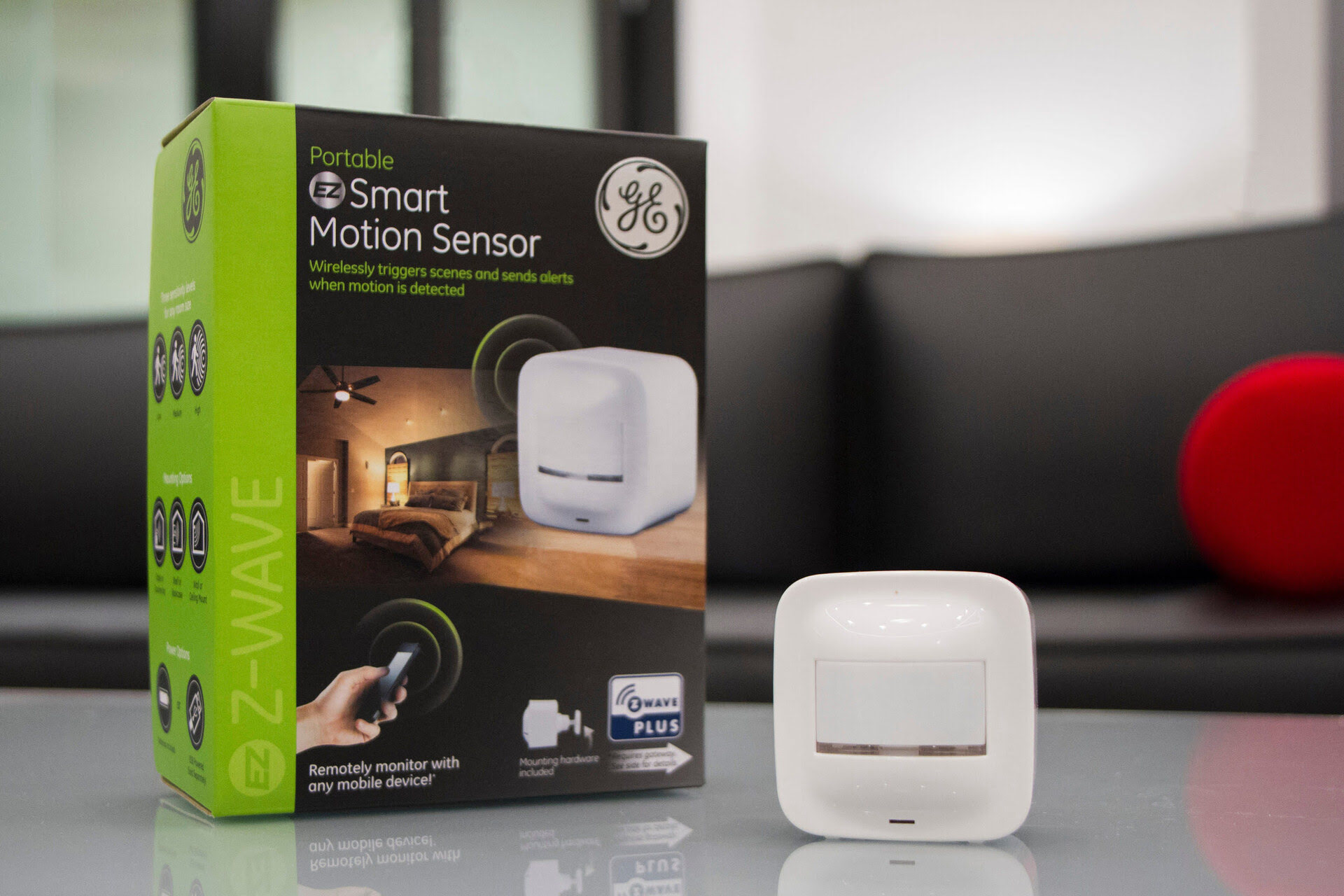
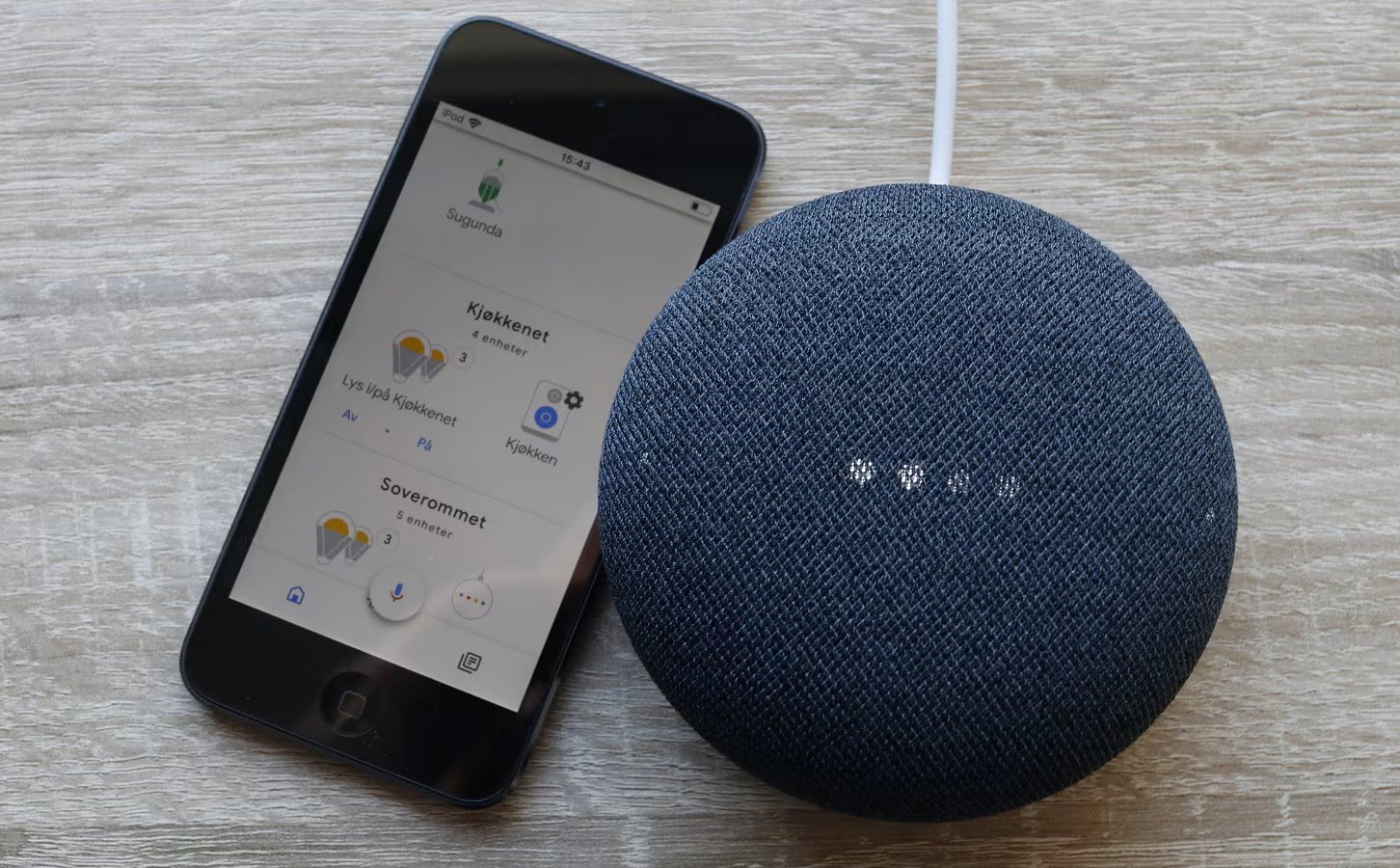
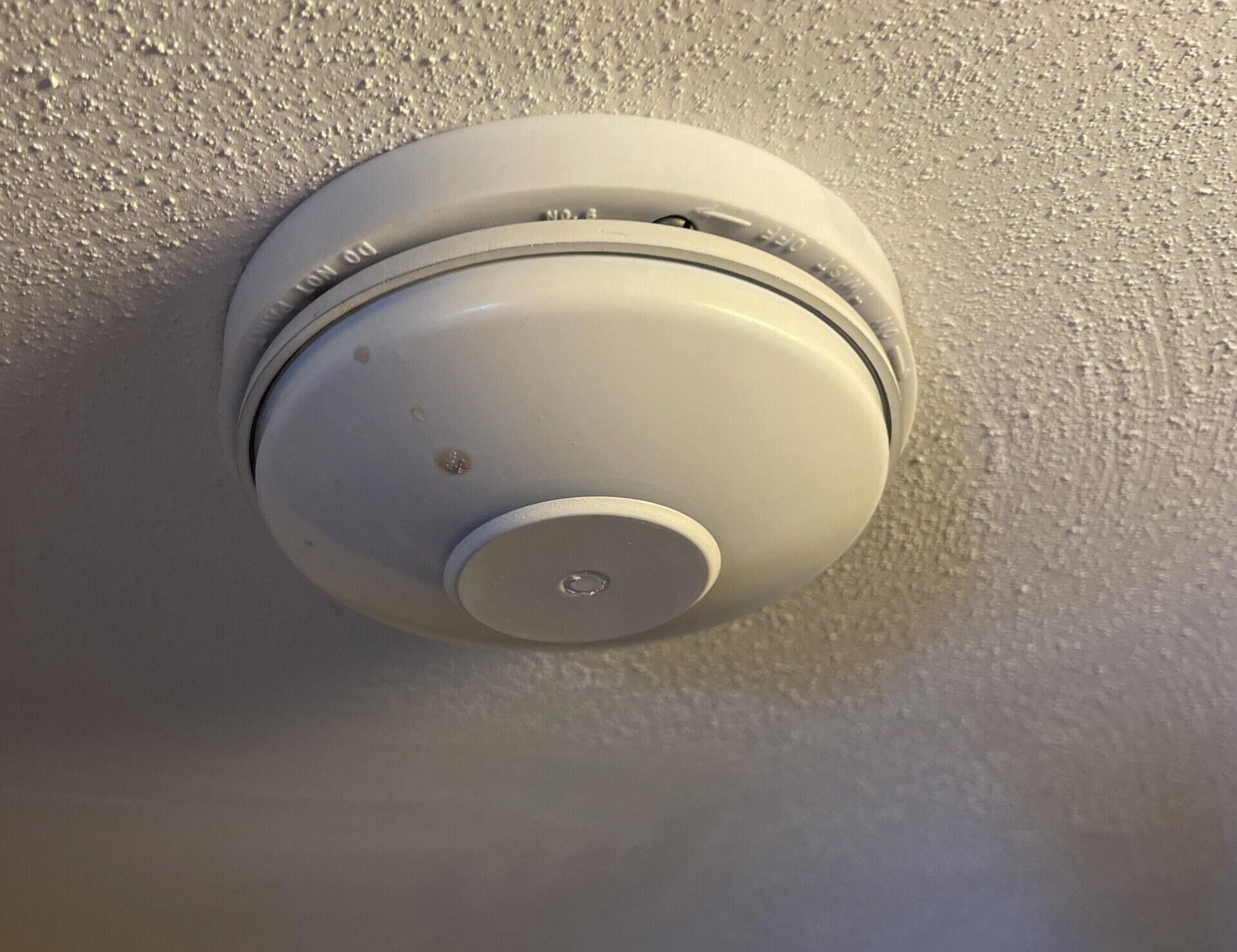
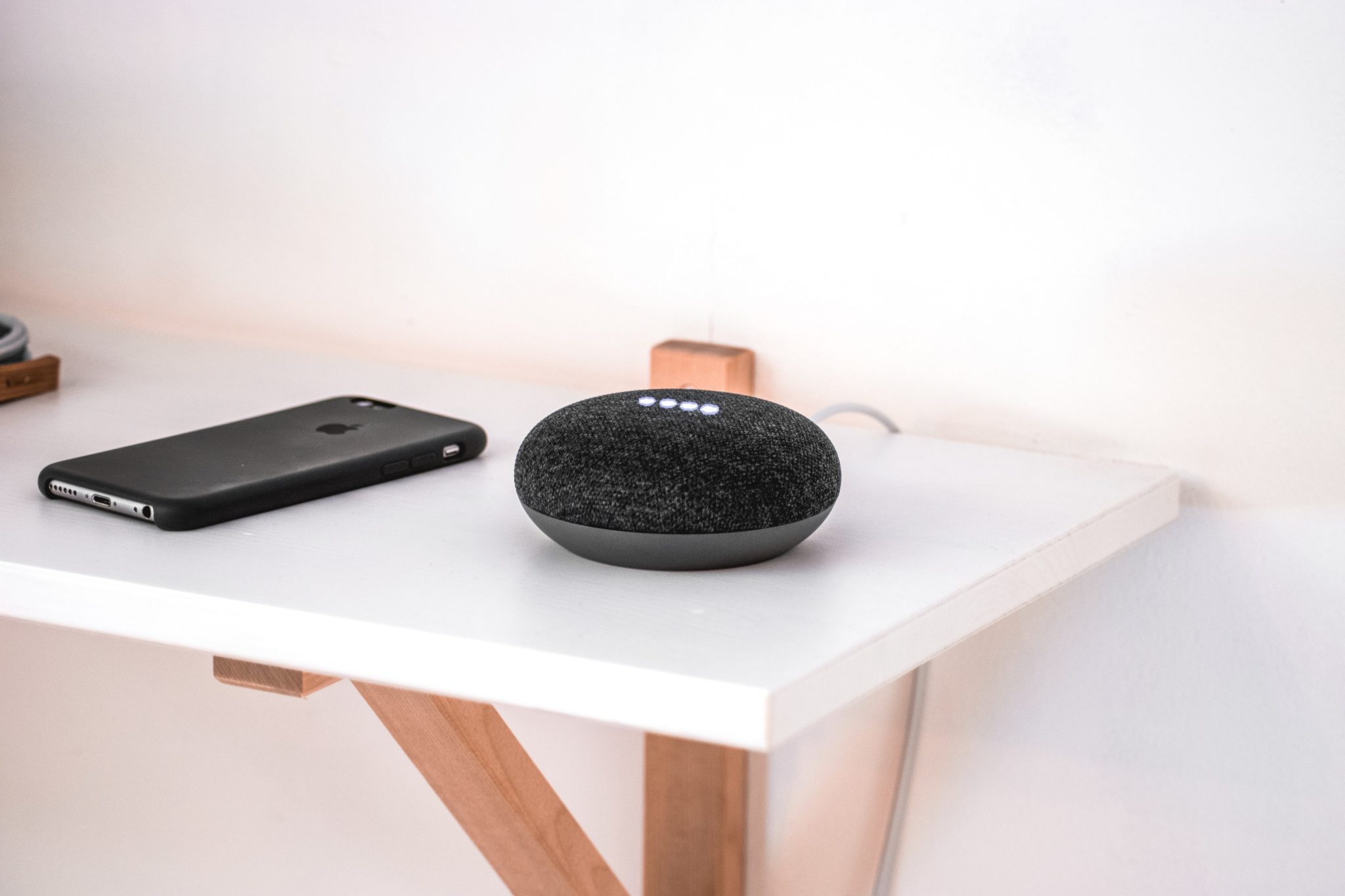
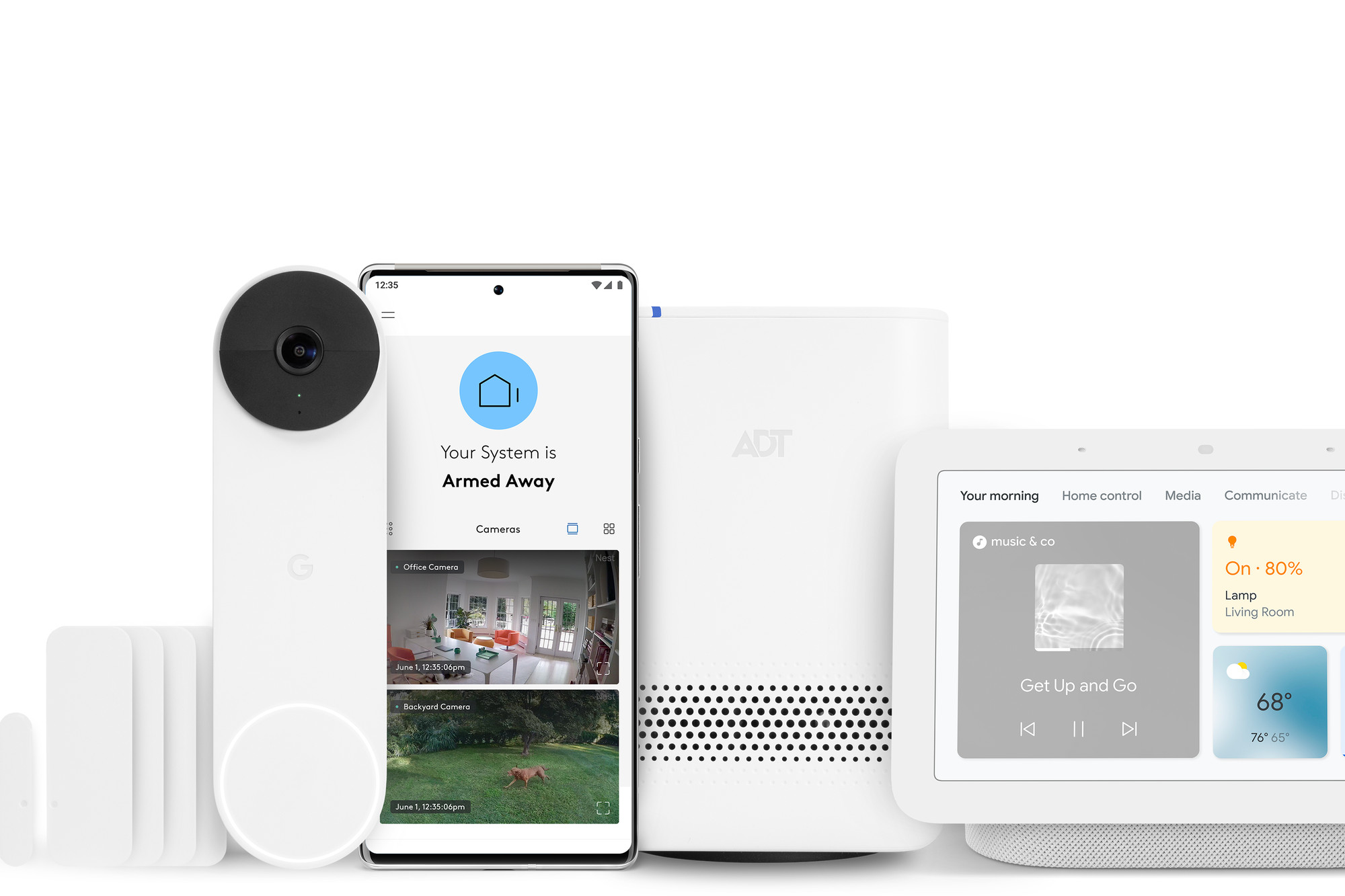
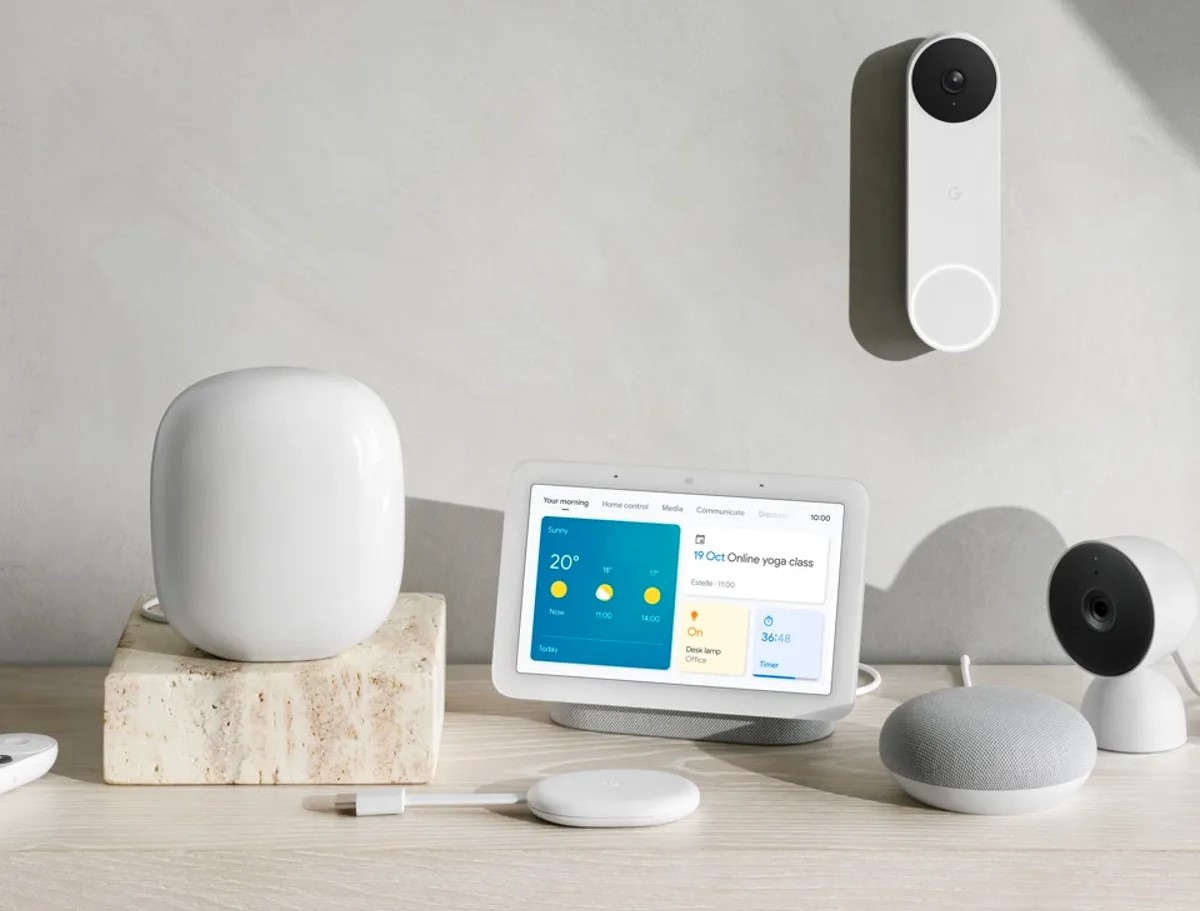
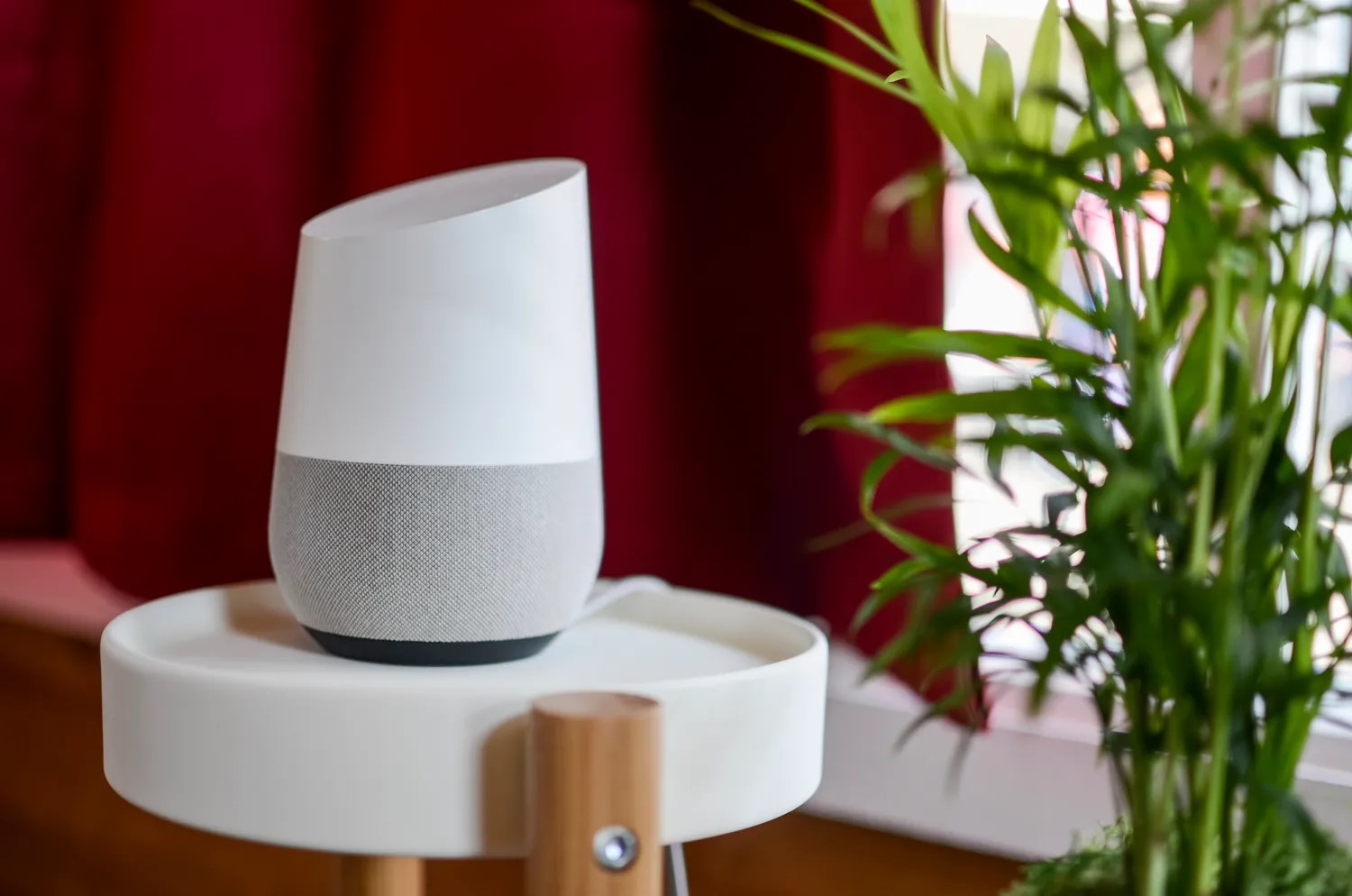
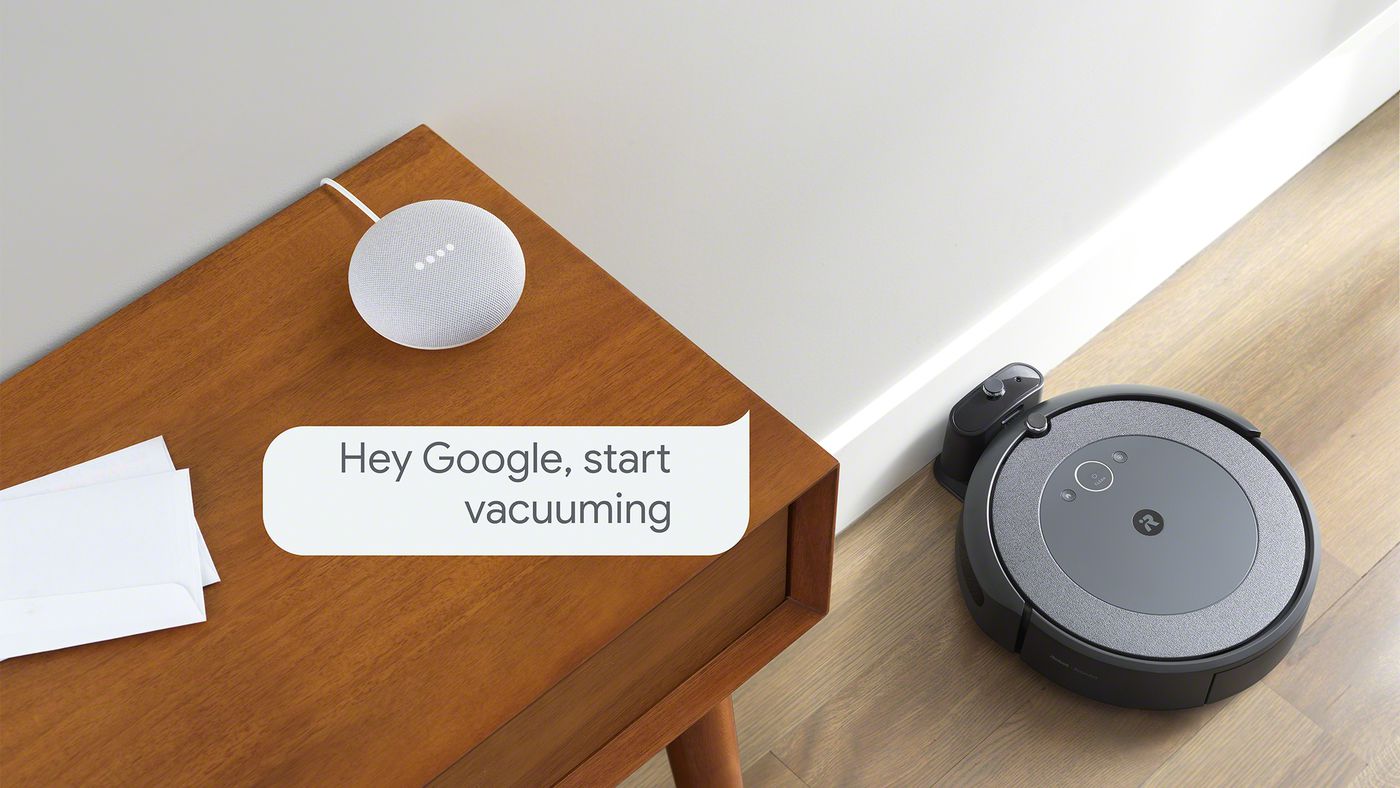
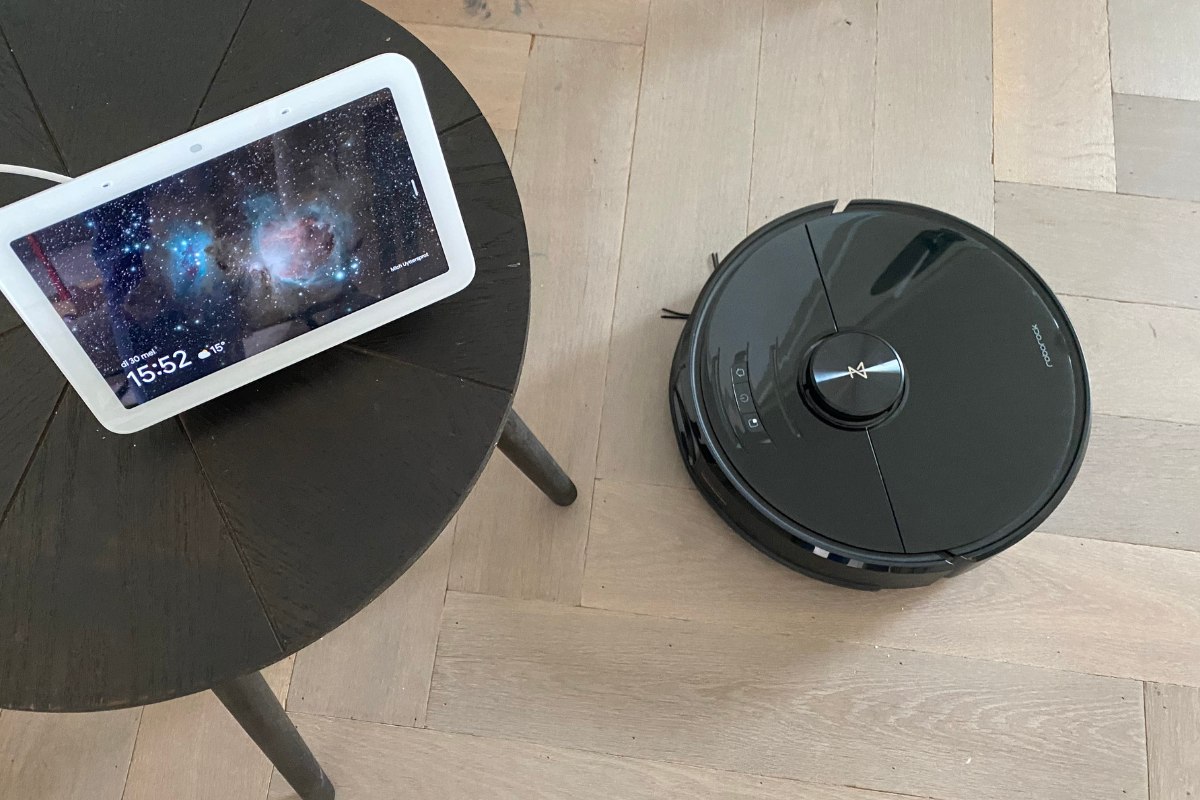
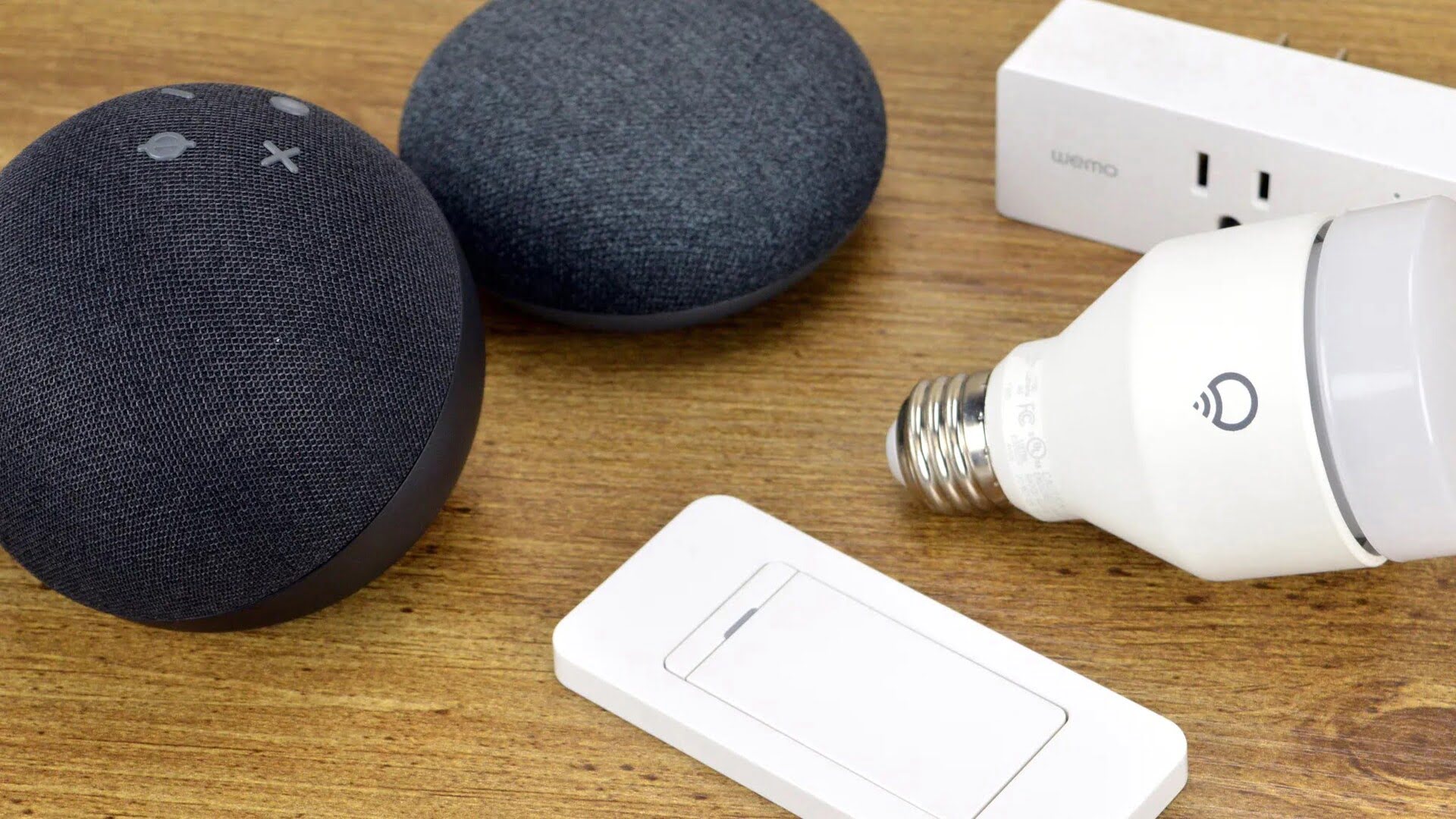
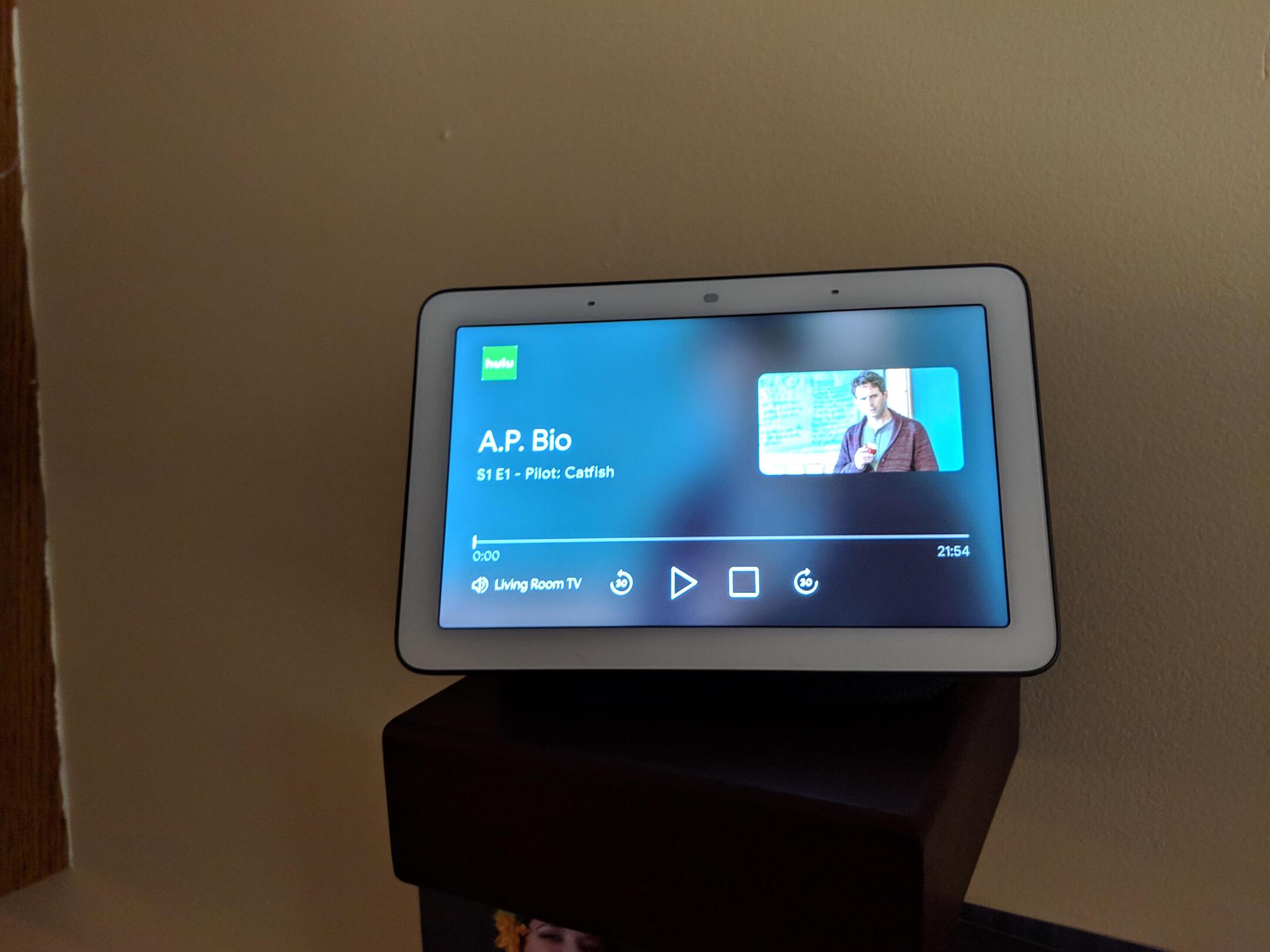
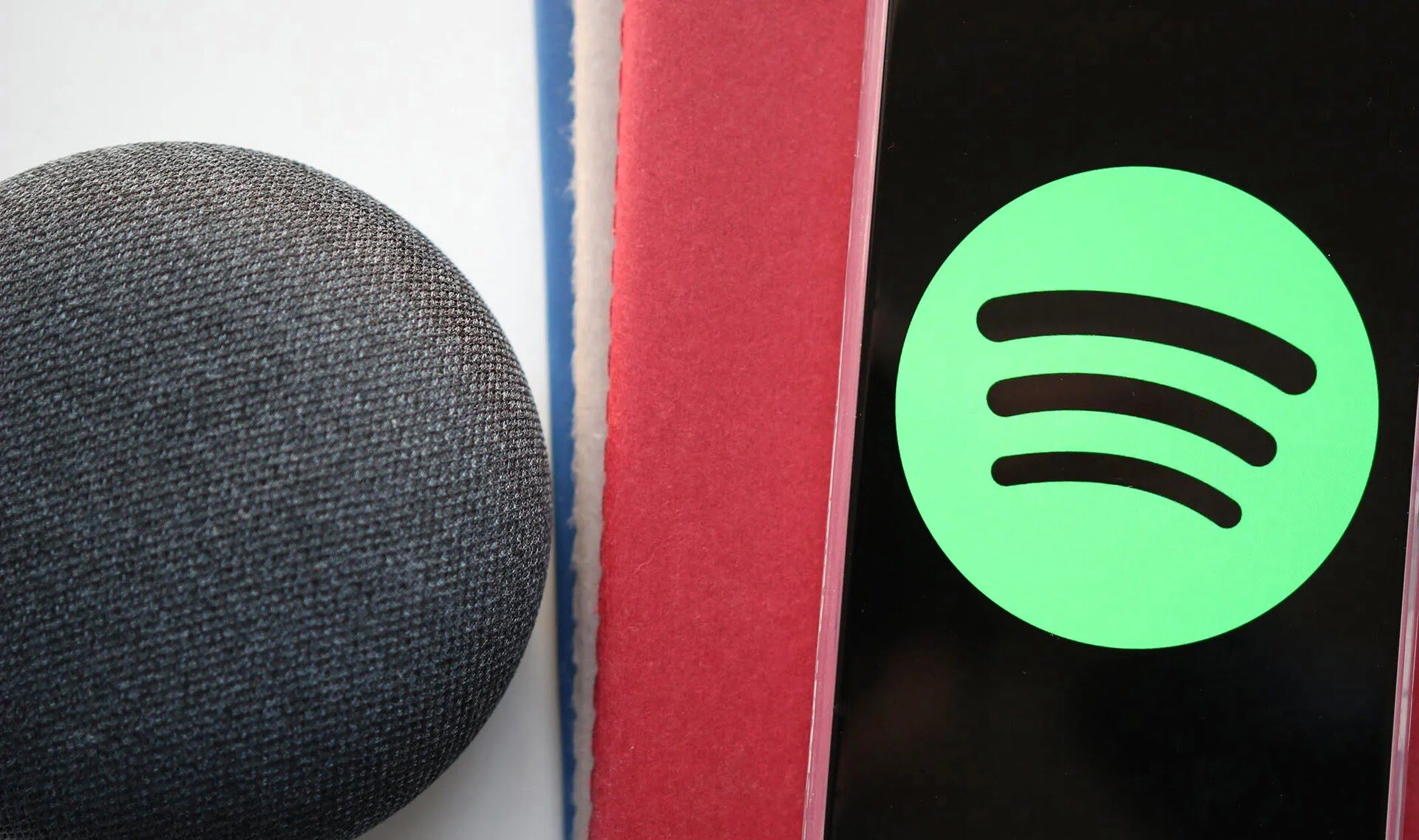
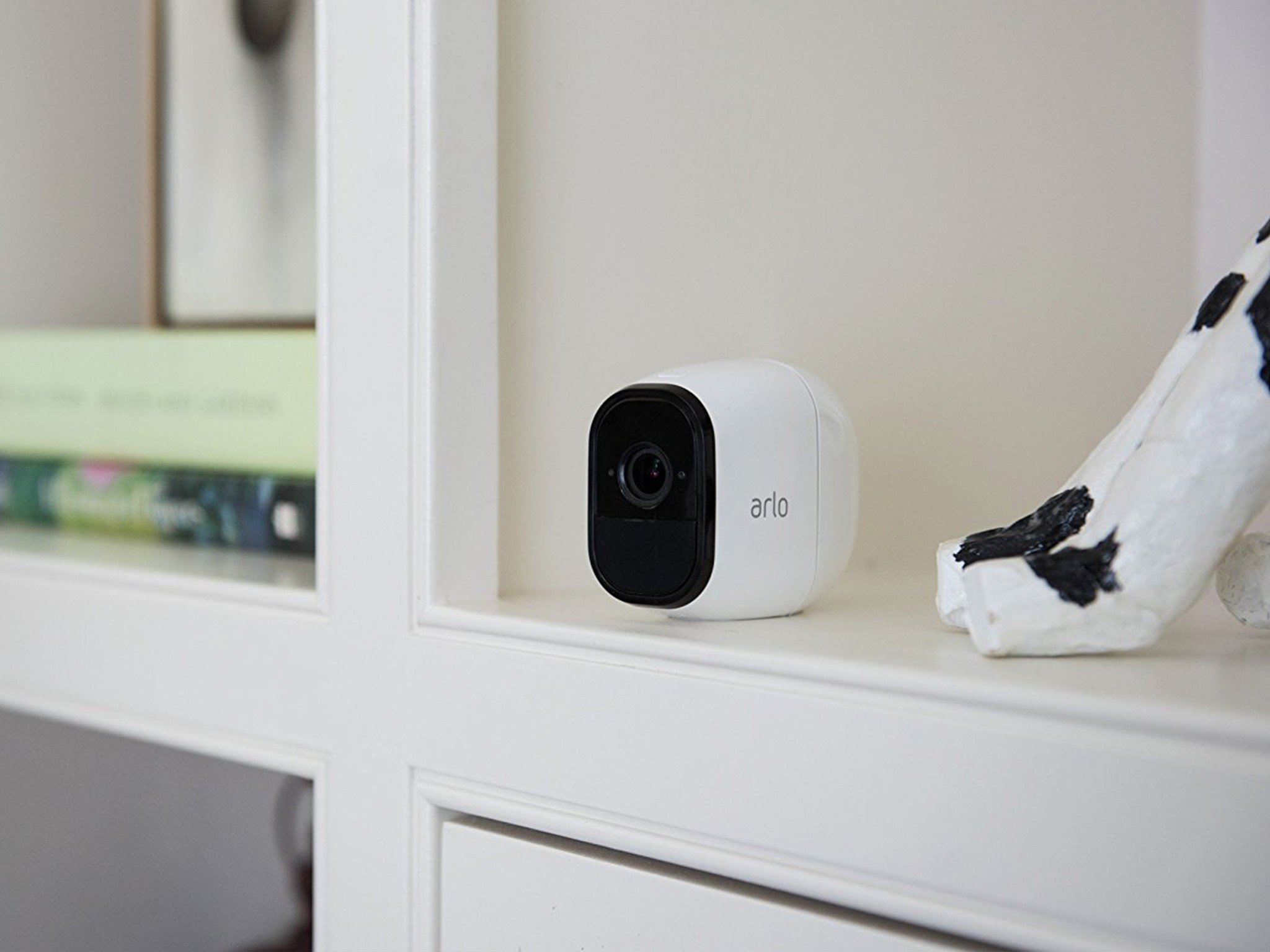
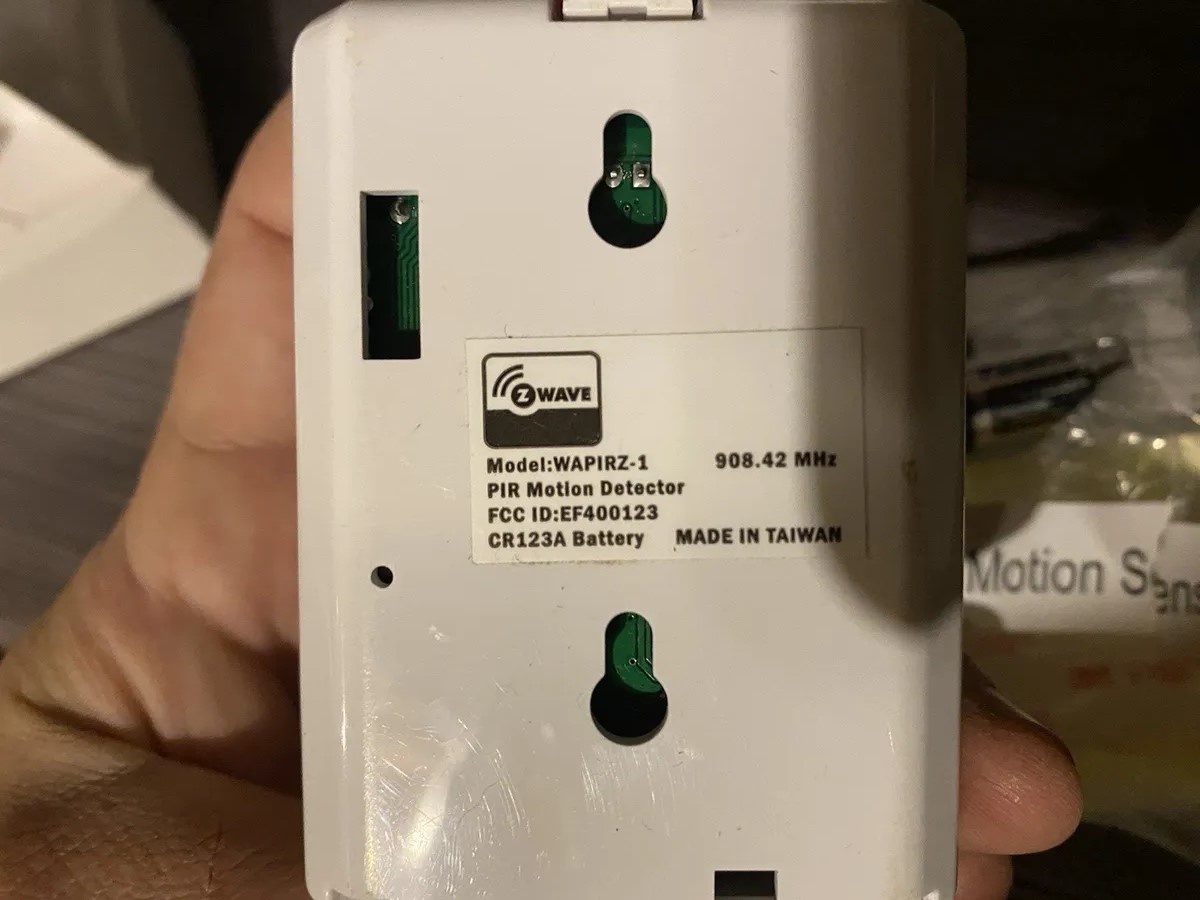

0 thoughts on “How To Connect Z-Wave To Google Home”